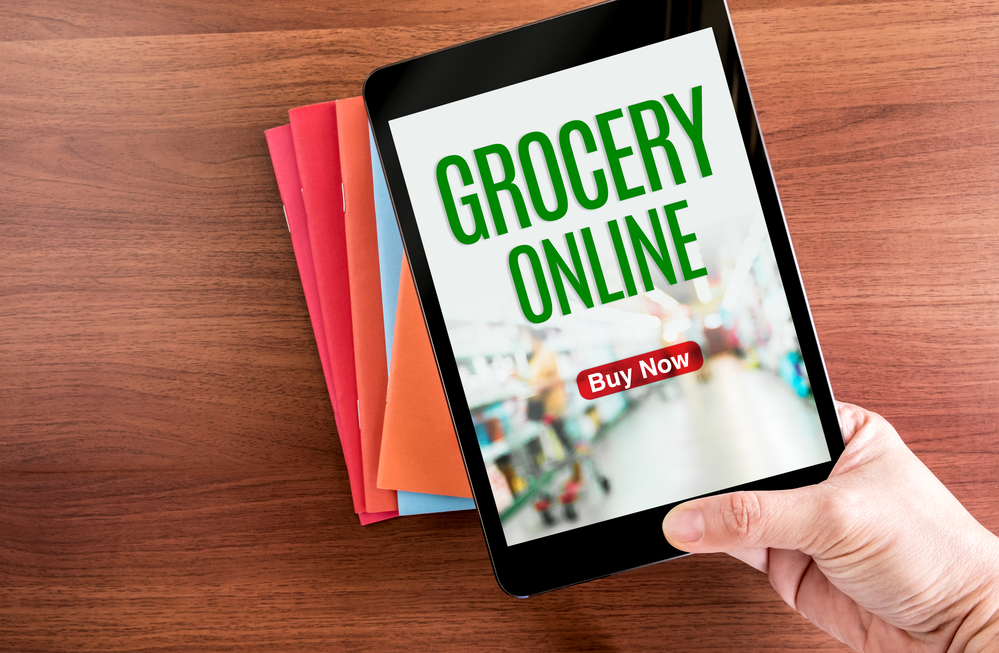Online grocery sales are forecasted to hit $100 billion even sooner than first anticipated according to a study from the Food Marketing Institute and Nielsen. The benchmark was initially expected to happen by 2025, but the most recent analysis shows that it could occur by 2022.
The “Digitally Engaged Food Shopper” study indicates that 70 percent of consumers will be using online platforms for some of their grocery purchases in as little as five years. Reaching $100 billion in online grocery sales would equate to every household in America spending $850 each year on food and beverages from online retailers.
The updated timeline was caused by accelerated growth in the online shopping sector. Online retailer Amazon has been aggressive in expanding their grocery offerings, having recently acquired Whole Foods to bolster its AmazonFresh delivery program. In response to that, several other grocers have also been actively building their online offerings.
Walmart recently announced an expansion of its grocery-delivery service to 100 metro areas. Kroger and Albertsons have also partnered with the online grocery delivery service Instacart to compete, with Kroger planning to expand their relationship with Instacart to further its overall delivery coverage. Target Corp. has also acquired the online delivery platform Shipt as a means to compete with the other retailers.
Only three percent of groceries are being purchased online as consumers still buy a majority of their groceries from brick-and-mortar stores. However, smaller grocery chains are struggling to remain competitive as a lack of resources prevents them from developing online platforms and keep pace with lower pricing.
As more millennials become the primary decision maker in their households, the online grocery industry could advance at an even quicker pace than anticipated. Younger consumers who have grown up using multiple e-commerce outlets are more likely to be willing to purchase their groceries online as well.










